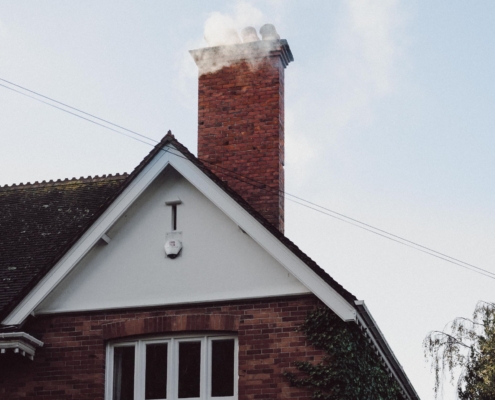
Chimney Cleaning for Different Seasons: What You Need to Know & Do
/
0 Comments
Want your chimney to work during winter? Taken care of it year round then. Discover what you need to know & do for chimney cleaning during different seasons!
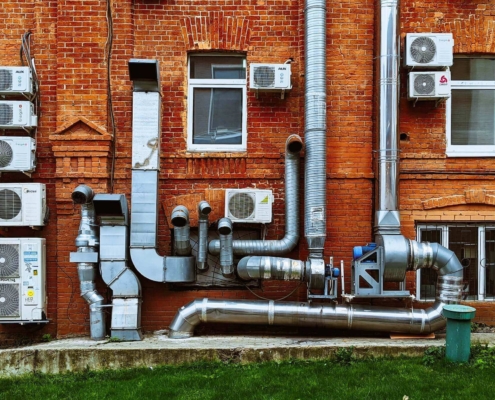
Moving into a New Home? 6 Reasons to Have the Air Ducts Cleaned
Moving into a new home? Clean the air ducts first. Discover six reasons to have the air ducts cleaned in your new home & tips on finding professional help!
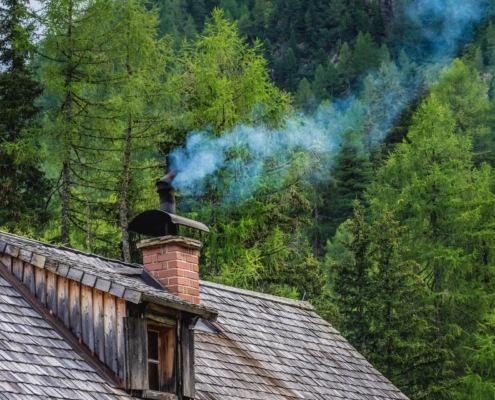
Why Every Homeowner Should Have a Regular Chimney Professional on Hand
A Chimney plays a critical part in your home & must stay in top condition. Discover the reasons why every homeowner should have a chimney professional on hand!
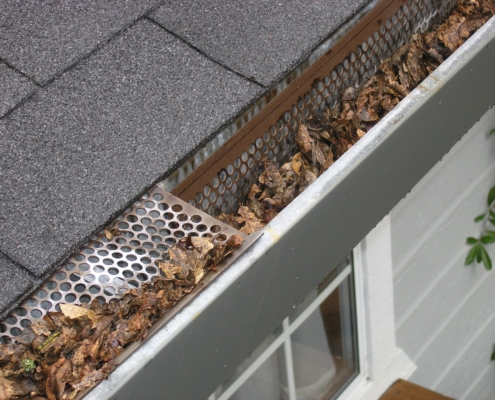
8 Consequences of Not Cleaning Your Gutters
Taking care of your gutters is essential for your home. Understand these eight consequences of not cleaning your gutters to protect your home & family today!
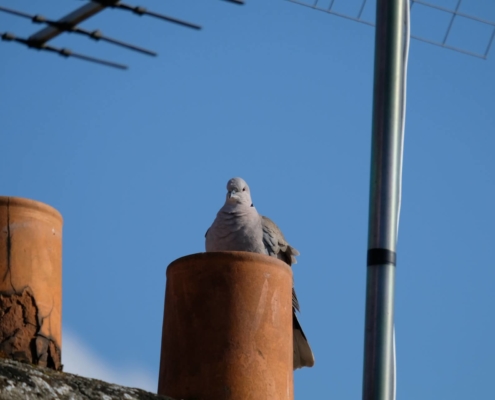
5 Signs a Critter Has Taken Up Residence in Your Chimney
Wildlife may be welcome in your garden but not in your home. A chimney is no place for critters. Learn five signs an animal is in your chimney & what to do!
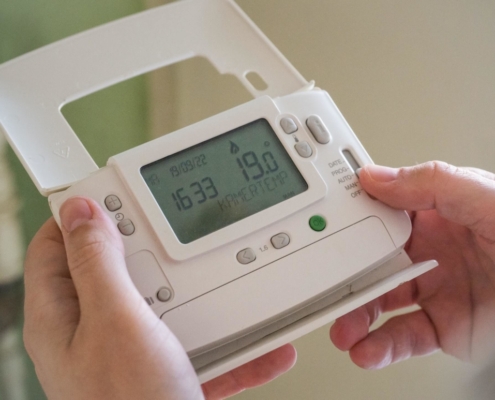
HVAC Myths You Swore Were True
Believing HVAC myths is common & can raise your energy costs & shorten your equipment life. Learn about these five HVAC myths & save your hard-earned cash!

What’s That Smell? 5 Side Effects of Uncleaned Ductwork
What’s that smell? Is your HVAC producing poor air quality? See these five side effects of uncleaned ductwork, the dangers & learn how to fix these problems!
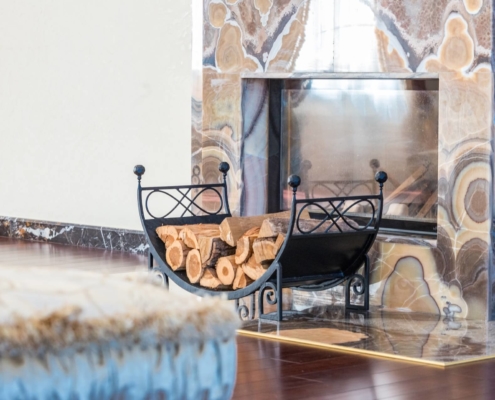
What to Ask a Chimney Professional Before Hiring Them
Regular cleaning of fireplaces and chimneys is essential. Here's what to ask a chimney professional before hiring them. Read our blog to learn more!

Heating & AC Maintenance Facts Homeowners Should Know
How do you keep your HVAC from breaking down? See these crucial heating and AC maintenance facts homeowners should know. Read our blog to learn more!
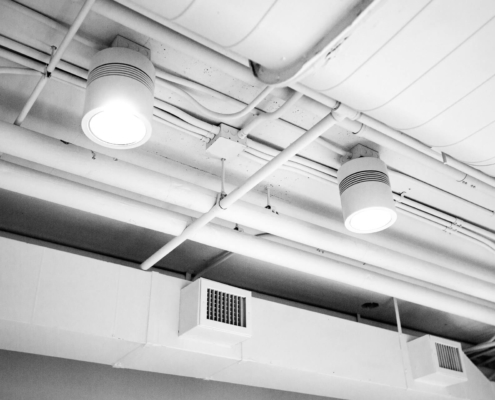
7 Common Air Duct Cleaning Questions Answered
Should air ducts be cleaned annually? Here are seven air duct cleaning questions, answered to know when to clean ducts. Read our blog to learn more!
